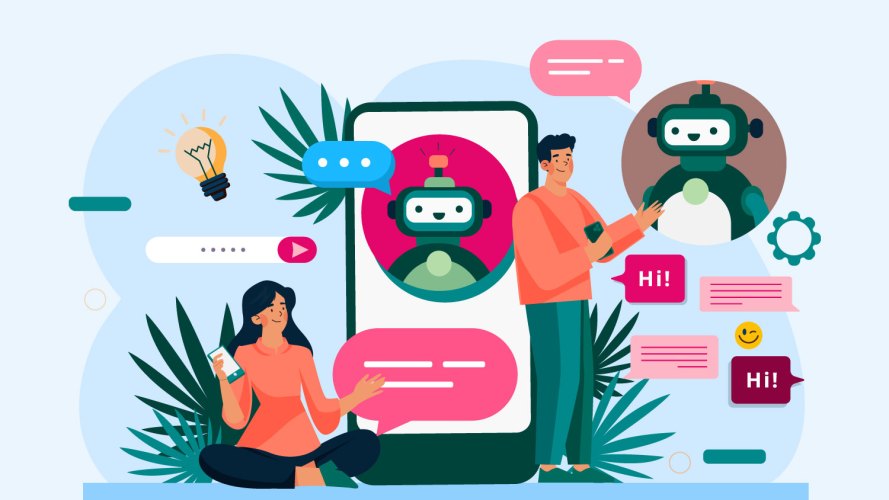It’s Time to Rethink Service as a Connected Experience



Service leaders at Telstra and Xcel Energy share best practices to inspire people and build a connected customer experience.

Brian Solis
Over the past 18 months, digital transformation went from being part of most companies’ five-year plans to being every CIO’s most urgent priority. As a result, service team leaders have new access to technologies that help their teams collaborate better, gain data insights, and improve service center processes overall. With service being an essential part of the overall customer experience, the challenge is uniting the rest of the organization to design the next generation of business innovation — a connected, effortless, and digital customer experience.
At Dreamforce 2021, I spent time with two amazing service leaders who have been integral parts of leading service transformation for large utility companies that serve millions of customers. Together, we explored what it takes to deliver meaningful service transformation for customers and also the business, how they overcame obstacles along the way, and how they measure success. While both had to navigate change in highly regulated industries, they didn’t use regulation as a reason not to drive change. Instead, their work aligned transformation roadmaps with evolving customer expectations and their organizations’ appetite for change.
Theirs are stories of digital transformation, rich with lessons of navigating and managing change, keeping people and operational process management at the heart of their digital transformation.
If you missed the session at Dreamforce, not to worry. Here’s what they shared, with thoughts on how the architects of the new future of work will design the next era of business innovation.
Xcel Energy slowly builds on its success to drive lasting change
As customer expectations change, organizations have adopted new technologies to keep up. For Xcel Energy, a public energy company, it wasn’t a case of just adopting new technology to meet customer needs. Instead, it was about fundamentally changing how they used that technology to work together across the organization, and adopting a new experience design process that transformed customers into collaborators.
“Customer experience is one of our key strategic priorities,” said Megan Scheller, senior director of customer brand experience at Xcel Energy. “Having the backing of the CEO makes it a lot easier as we start making pivotal cultural changes of putting the customer first and challenging some of our processes and technology decisions.”
One of the first processes the team tackled was experience design, by bringing customers to the front of that process.
“It’s now something that’s embedded into what we do, how we prioritize,” Scheller said. “It re-prioritized how we delivered our transformation program — connecting the employees, the customers, the technicians in our delivery process to ensure we are thinking about the end-to-end customer experience and not just how we’ve delivered in the past.”
For Scheller, this is also an example of how some of the most impactful results from their digital transformation strategy have been not just what they’ve built to date, but how they learned from each step of their digital transformation process and then applied those learnings and built upon them for the next step.
“If we’re building our digital customer service experience and platform right, it’s going to be simple and easy for everyone,” said Scheller. “We’ve started to focus on building things one way and then reusing it, versus building it multiple times, multiple different ways. This makes it easier for our customers to consume it, and our employees to engage with it.”
Telstra goes all-in on large scale, aspirational change
Telstra, Australia’s leading telecommunications company, has been a household name for over 100 years. “But our brand awareness was trending in the wrong direction,” said Karen Hughes, executive of digitization for consumer & small business, Telstra.
This inspired the company to embark on an aspirational digital transformation strategy to simplify business processes and product offerings that had become increasingly complex over more than 40 years. While other organizations take a slow and steady phased approach for such efforts, the board committed to a more immediate and disruptive approach to achieve its goal of radical simplification.
“We are changing everything about how we take products and services to our customers from soup to nuts,” said Hughes. “Simplification was key. Without that, we wouldn’t be improving the customer experience. The big, bold statement and aspiration — and as it turned out, achievement — was to reduce the number of plans that we had in the market from 1800 down to 20. That was a massive enabler of our success, in getting that down so we could start to build that simplified customer experience.”
Telstra’s product simplification didn’t just positively impact the customer and agent experience—it had immediate, visible business benefits:
- Reduced customer order processing from 45 minutes to five minutes
- Reduced contact center volume by 75% with self-service and digital service
- Reduced end-of-day store reporting from one hour to two minutes
This radical simplification, combined with a focus on communication, was critical to proactively manage change to transform the entire organization, not just its technology. “We went big and bold externally to help hold us accountable for our goals,” Hughes said.
Unified cross-organizational communications were critical to Telstra’s change management
Telstra’s unconventional approach to driving change included going public with its plan in a press release that outlined its digital transformation strategy goals. The resulting change across the entire organization has included:
- Moving to an agile development and communications model from a traditional waterfall model
- Bringing IP in-house to help build a high-performance engineering team
- Streamlining internal customer service and communications systems from 15 to one
- Reducing agent training and onboarding from three months to one week
Telstra combined this external commitment with consistent, unified internal communications sent jointly from Hughes, who works in the IT organization, and her line of business counterpart, Kieran O’Meara. “Kieran and I role modeled, set the tone, even created an email ID that was K&K,” Hughes said. “This sent a tone right through the organization that we were in this together. We recognized very early on the importance of a communications stream. So, we were able to harness a lot of the triumph, the disappointments, the success, the excitement, the teamwork, the collaboration, and build that together into probably one of the best teams that I’ve ever had the pleasure of working with.”
Make the business case for the connected service experience in your organization
Traditionally, customer service has been viewed as a cost center. This has meant service organization change has often been focused primarily on transactional elements—faster call resolution, shorter call times, and so on. However, the impact of the service team is significantly larger than the sum of the individual cases your agents resolve.
The latest State of the Connected Customer report, for example, found 91% of customers say they’re more likely to make another purchase after a great service experience. An important element of great service is consistency. Seventy-six percent of customers expect consistent interactions across departments. Yet, fifty-two percent of customers describe most service interactions as fragmented.
As Telstra and Xcel Energy have shown, companies can bridge the gap with technology by focusing on inspiring people and transforming legacy operations to build a connected customer experience throughout the customer journey.
Stream the Hottest Service Dreamforce Sessions
Watch this session and explore additional service experience topics with the Dreamforce 21 on-demand recordings on Salesforce+.


























